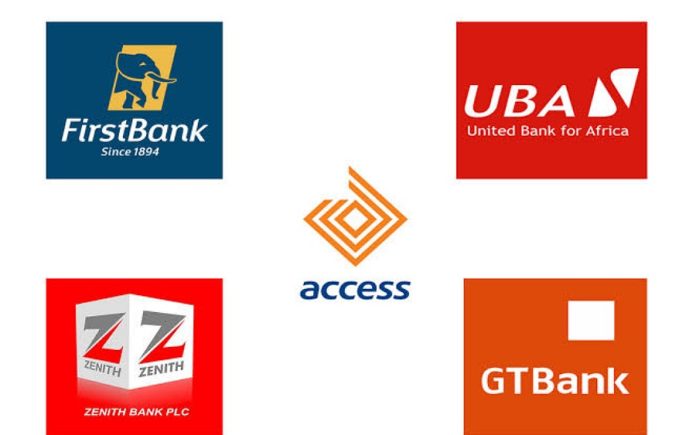Interbank lending rates remained stable as liquidity levels in the financial system surged to N1.5 trillion, fueled by substantial inflows from matured Open Market Operation (OMO) bills at midweek. The market closed with a strong net position, reversing previous trends following recent liquidity injections from FAAC disbursements, NLNG proceeds, and matured Treasury bills.
The increased availability of funds among local deposit money banks reduced their reliance on the Central Bank of Nigeria’s (CBN) Standing Lending Facility (SLF), which typically involves borrowing at high rates.
With banks now flush with liquidity, demand for higher interbank rates diminished, leading to increased placements in the CBN’s standing deposit window instead.
Despite the absence of liquidity pressures in the money market, the Nigerian Interbank Offered Rate (NIBOR) saw increases across most tenors, except for the overnight rate, which dropped by 0.17% to 26.83%.
According to FMDQ platform data, key money market indicators remained stable, with the Open Repo Rate (OPR) unchanged at 26.50% and the Overnight Lending Rate holding firm at 26.96%.
Market analysts noted that OMO repayments totaling ₦651.86 billion injected substantial liquidity into the banking sector, boosting financial system liquidity by 55% to reach ₦1.50 trillion, according to a report from TrustBanc Financial Group Limited.
The firm added that, barring any unforeseen outflows, liquidity levels are expected to remain steady, with funding rates projected to trade at similar levels in the near term.
Interbank liquidity remained robust, bolstered by ₦651 billion in OMO maturities, which helped stabilize rates—leaving the Overnight Policy Rate (OPR) at 26.50% and the Overnight Rate (O/N) at 26.96%.
Last month, the financial system saw significant liquidity fluctuations due to various inflows and outflows. FAAC disbursements, Federal Government of Nigeria (FGN) bond coupon payments, and NLNG proceeds initially boosted liquidity, easing interbank rates.
However, subsequent tightening followed the settlement of substantial NTB and OMO auction sales, which exerted upward pressure on rates.













